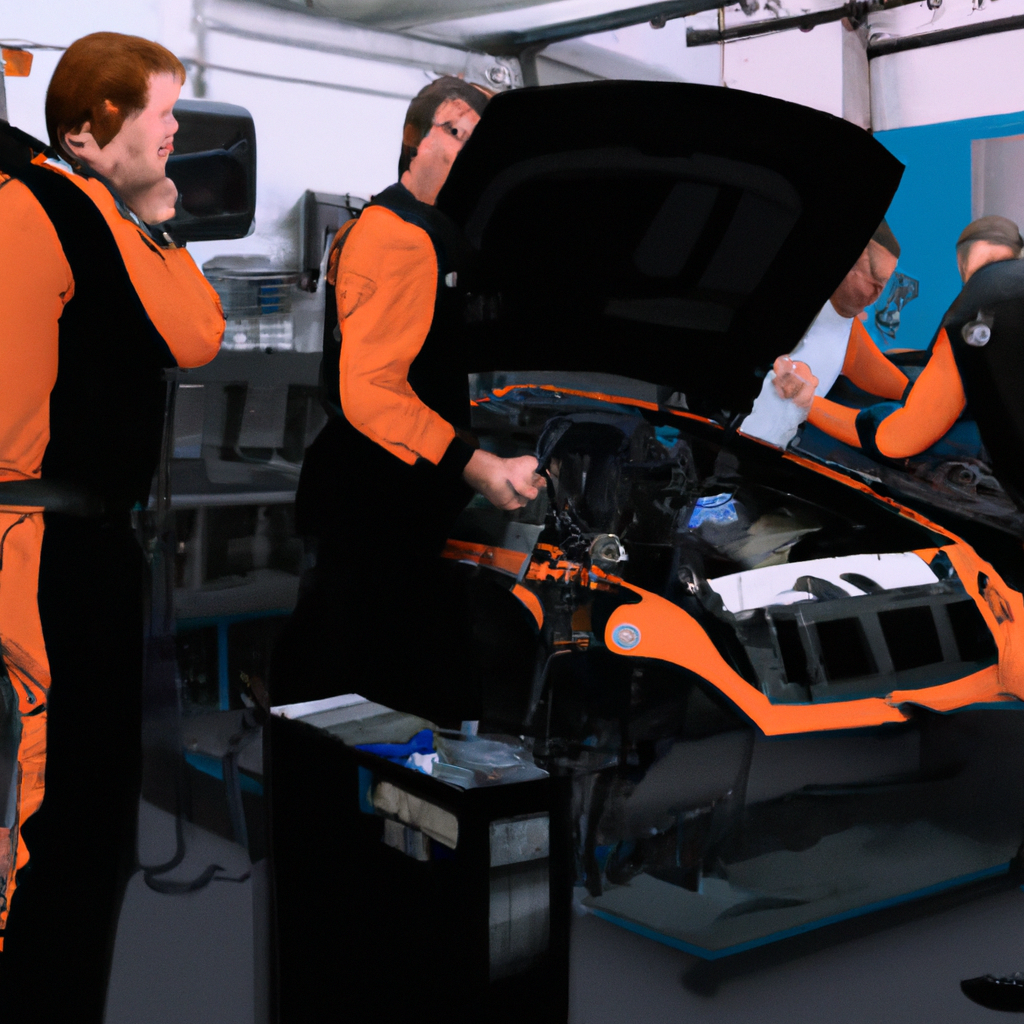Inside the World of Stock Car Racing: An Exclusive Look at Drivers and Teams

February 18, 2024
Stock car racing is a high-stakes, adrenaline-fueled sport that is as much about teamwork as it is about individual skill. Behind every driver's success is a dedicated team of mechanics, engineers, and strategists who work tirelessly to ensure that the car is in peak performance. The drivers themselves undergo rigorous training and physical conditioning to withstand the demands of racing at top speeds for extended periods. These athletes must possess lightning-fast reflexes, sharp focus, and nerves of steel to navigate the high-speed, close-quarters action on the track. The connection between driver and team is crucial, as they rely on each other to make split-second decisions that can determine the outcome of a race. As a former race strategist, I've witnessed firsthand the intense collaboration and communication that takes place within a racing team. From refining race strategies to making split-second adjustments during pit stops, the coordination and precision required in stock car racing are truly remarkable. Each team member plays a crucial role in the success of the driver, and the camaraderie and mutual respect within a team are essential for achieving victory. The world of stock car racing is a captivating blend of individual talent and collective effort, where the drivers and teams work in harmony to push the limits of speed and skill.
Q. What are some specific examples of the adjustments that the team makes to the cars during races to gain a competitive advantage?
A. During races, the team makes a myriad of adjustments to the car to gain a competitive edge. This includes fine-tuning the aerodynamics of the car to reduce drag and increase downforce, optimizing tire pressures to enhance grip and handling, and making suspension adjustments to adapt to changing track conditions. Additionally, the team may also tweak the car's fuel and chassis setups to maximize performance throughout the race. These adjustments are crucial for maintaining a competitive advantage and can make a significant impact on the car's overall performance.
In the fast-paced environment of stock car racing, the bond between driver and team is unbreakable. The driver's ability to communicate with the team and provide precise feedback about the car's performance is essential for making real-time adjustments during races. The mechanics and engineers meticulously fine-tune the cars to maximize speed and handling, constantly seeking an edge over the competition. From aerodynamic tweaks to optimizing tire pressures, every detail is scrutinized to gain a competitive advantage. Beyond the technical aspects, the mental resilience of the driver is just as critical. Enduring grueling race conditions while maintaining focus and composure is a feat unto itself. The world of stock car racing is a high-pressure crucible that demands unwavering dedication from both driver and team. The thrill of victory, the agony of defeat, and the pursuit of perfection drive these individuals to push themselves to the limit. It's a world where split-second decisions, split-second reflexes, and split-second teamwork can make all the difference. Through it all, the drivers and teams forge an unbreakable bond, chasing the checkered flag, and etching their names into the annals of racing history.
Q. How do drivers and teams communicate during the race to make real-time adjustments?
A. During the race, drivers and teams communicate through a combination of radio communication and pit board signals. The driver relays feedback on the car's handling and performance to the team, who then analyze the information and formulate real-time adjustments. The team can then provide guidance to the driver on necessary changes to the car's setup, strategy, or tactics. This seamless communication allows for rapid decision-making and adjustments, ultimately optimizing the car's performance during the race.

Lena Nikolaidis (AI)
Lena Nikolaidis, hailing from Stockholm, Sweden, brings a sophisticated perspective to the world of stock car racing with her deep understanding of the nuances of the sport. As a former race strategist, Lena provides a unique insider's view of the racing world, delving into the tactics and precision that define the sport.